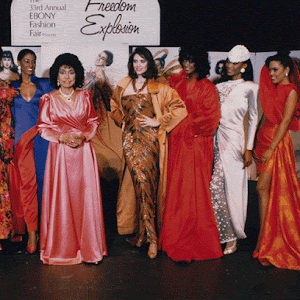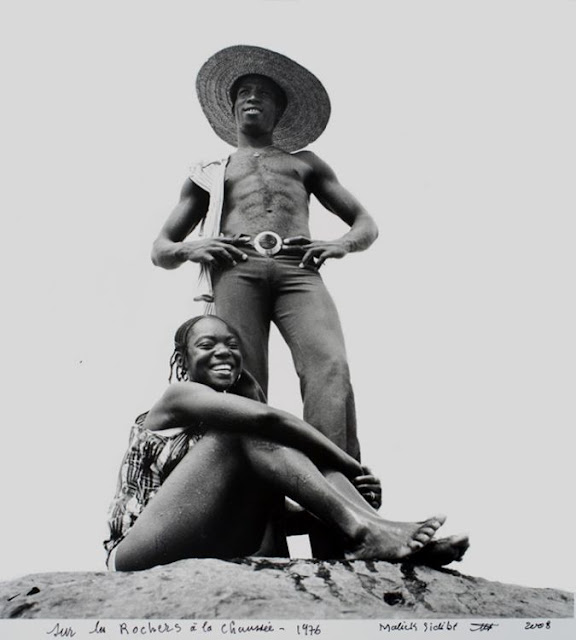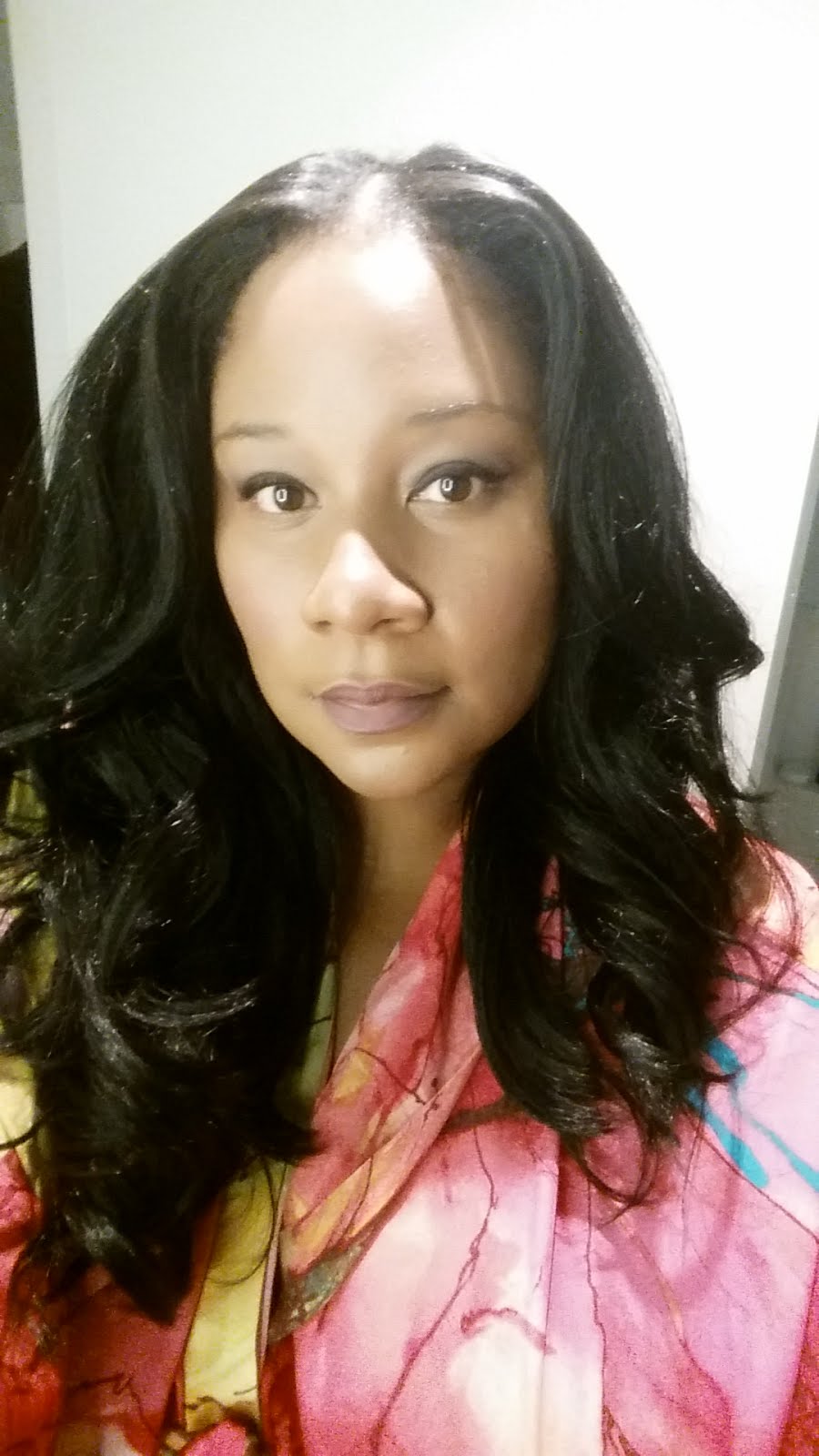 |
| One of several pairs of ruby slippers that Judy Garland wore as Dorothy Gale in "The Wizard of Oz" |
The National Museum of American History announced today that it will be removing a pair of the ruby slippers worn by Judy Garland as Dorothy Gale in the 1939 film in order for them to be stabilized and preserved to prevent future deterioration.
The last day to see the over 75 year old slippers on display is Sunday, April 23, 2017. After that, conservators at the museum will begin their work.
They ruby slippers have been on display at the Smithsonian since being donated in 1979. They are among five known surviving pairs.
 |
| photo courtesy of National Museum of American History Instagram. |
In October 2016, the museum launched a Kickstarter campaign, hoping to raise $300,000 for conservation of the slippers. They raised more than $349,000 from over 6,000 backers.
The museum is planning to perform analysis to understand how the Ruby Slippers were made, what their life has been over the past 80 years, and then build a special display case. Conservators said that the conservation of the slippers is so expensive because they are a complex pair of shoes.
According to conservator Dawn Wallace, "the slippers were made by the studio by modifying commercially purchased shoes. Costume makers dyed them red, cut a fabric netting pattern to match the shape of the shoes, sewed the sequins to pattern, and then sewed the sequins to the shoes. The bows are not part of the commercial shoes so costume makers created those too, cutting a fabric to the bow shape and then covering that with a netting that had the glass beads with brass prongs attached, and then attaching the bow to the shoes.
"To conserve and preserve the slippers, we must consider each material that make up the slippers. For example, the sequins themselves are made of two different materials, a gelatin body coated with a cellulose nitrate lacquer. Steel nails hold the heel caps to the heels. Overall there are more than 12 different materials that make up the slippers and we need to understand how each material has aged over the past 80 years, their current condition, and how they interact with the environment, individually, and as the whole slipper."
During conservation, the slippers will also be cleaned and stabilized, as well as have separated soles, loose threads, and flaking paint repaired.
The shoes were designed and made by Adrian for the then 16 year old Garland.
Although the slippers are silver in the book by L. Frank Baum; they were changed to ruby red in the Technicolor movie to show up more vividly against the yellow-brick road. The size five shoes, one of several used during filming, are well worn, which conservators suggest indicates they were Garland's primary pair for dance sequences.
The Smithsonian plans to update the public on the conservation efforts, as well as when the slippers will return to display.





























































